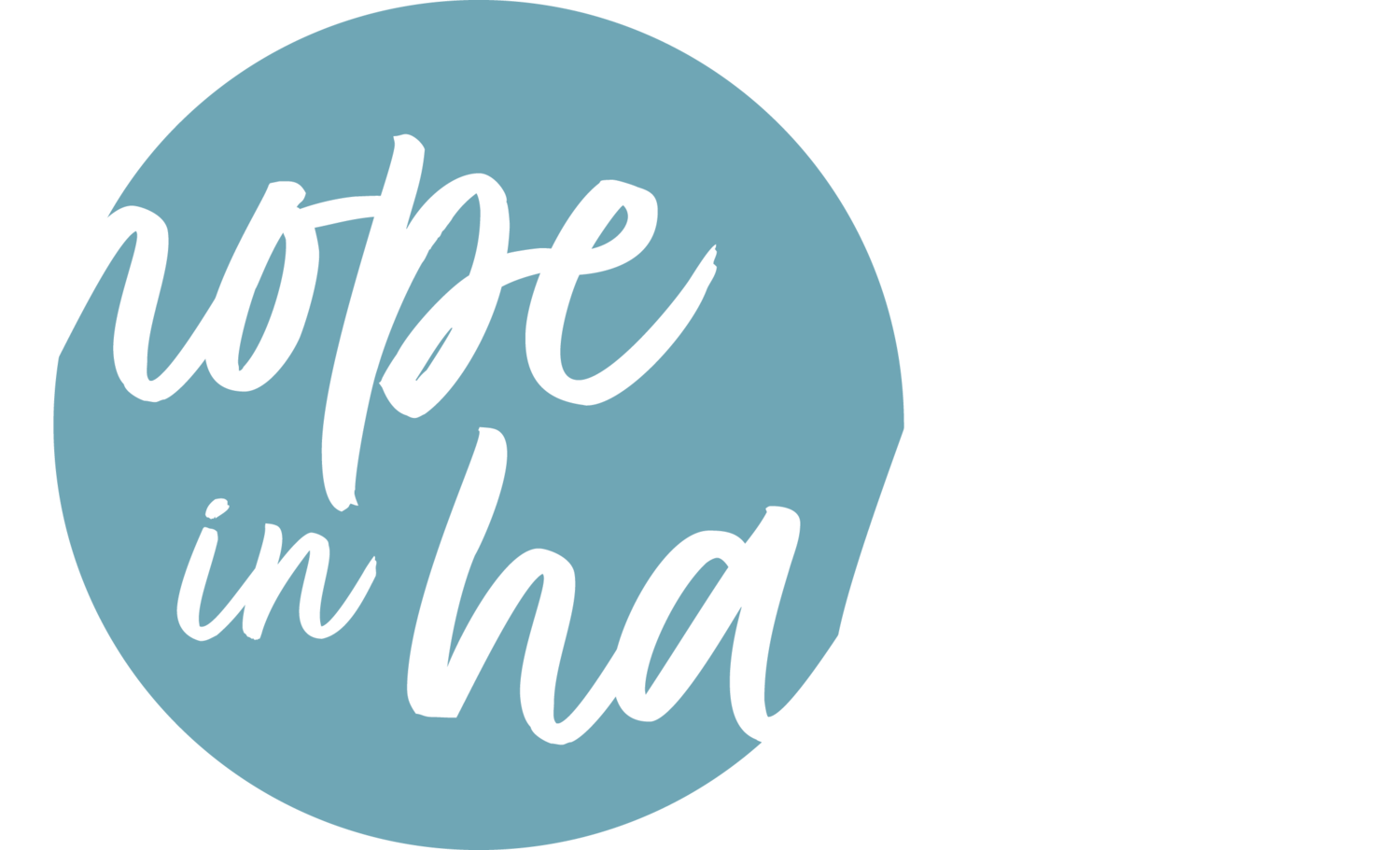Ten Ways to Stop Your Spending Habits: Part 1
I recently read an article from a website called SimpleMoney (https://simple.money/americans-credit-card-debt-is-now-1-trillion-here-are-10-things-we-should-stop-spending-money-on/) that made me stop in my tracks. The headline read “America’s Credit Card Debt Is Now $1 Trillion”. Just 10 years ago that was estimated to be $660B. While we improved the overall revolving debt level as a nation during COVID, since 2021 when it was $770B we have skyrocketed past the $1Trillion mark. So, in the past 2 years, America has accumulated over $300B of additional credit card debt. That’s the steepest increase in the past 10 years and that should stop you in your tracks too. If you are someone who has no credit card debt, that’s awesome! Well Done! But that doesn’t mean you still should not be shocked by this number. The weight of this debt could hit you through inflationary impacts, interest rate increases and an economy living on borrowed time. If you are one of the millions of Americans who have contributed to that $1 Trillion figure, this may be time for a wake-up call. But how do we make meaningful change if we have credit card debt or we want to be more intentional about how we manage our money? The only way to answer that question is to address our spending habits. The article noted above suggests 10 ways to stop spending that are worthy of taking a closer look. I want to explore how we can change our habits within those 10 areas so that meaningful, sustainable change can happen. So, let’s start by naming those 10 categories. Then over the next few weeks, I’ll help you explore how digging into your spending habits in those areas may set you up to make a real impact. Here are the 10 areas suggested:
1. Fast Fashion and Overflowing Closets
2. Over Upgrading Technology
3. Trendy Home Upgrades
4. Cars with Hefty Monthly Payments
5. Dining Out and Food Delivery
6. Premium Coffee and Specialty Drinks
7. Designer Brands
8. Impulse Buys and Retail Therapy
9. Excessive Giving
10. FOMO Induced Experiences
My guess is many of us can relate to at least one of these. We may have even said “yep, that’s me” to many or all. This list includes some of the easiest ways for credit cards to be overused. Why? Because by themselves they are relatively small, insignificant purchases. Which means it is easy to lose sight of how much we’re spending in these areas. I’ll be honest, #1 is a big struggle for me. I don’t spend a lot at one time, but I’ve been known to spend a little here and a little there over the course of a month and low and behold, when the month ends and I realize what I’ve spent on fashion, the shame of overspending comes crashing in on me. Sound familiar?
Alright, so what do we do with this knowledge? We know knowledge is power, right? Now that you know these are some areas you may be vulnerable to overspending in, it’s time to explore why (i.e., how did this habit form) and what can you do to stop the bad habit and/or create new habits to replace the bad.
Let’s do a little refresh on why habits are so important to consider in our personal financial systems. Recall that a habit is something we do without even thinking about it. A habit is what we do when we first wake up each morning. Or it’s our routine before we go to sleep. We usually go through the motions without our brains telling us what to do. We don’t have to stop and consider what to do, we just do it. This is why I believe this list is critical when it comes to habits we’ve formed. A season changes, and I habitually head to the outlet mall to find the latest outfit without really giving it a second thought. That’s the habit. Or maybe I let the habit of hitting the snooze button one time too many on a workday morning result in no time to make coffee at home. Because my habit of hitting snooze has now invoked a habit I feel I need to respond to, having caffeine, I create yet another habit of stopping at my favorite coffee shop and spending $7 to feed that habit and I use my credit card to do so. Or maybe I don’t use my credit card, but I deplete my cash resources leaving me less to pay off my balance or save. It is easy and happens day after day. And before I know it, I am now a major contributor to that $1Trillion.
If you can relate, I encourage you to take inventory of the list above and whether or not those areas of possible overspending are present in your life. If they are, do they contribute to your credit card balances or to perhaps a lack of saving? If not, could they impact whether or not you are able to give back to your community or take that vacation you’ve always wanted to take? Maybe overspending in these areas is keeping you from buying that home you’ve always wanted. Or, maybe overspending in these areas is keeping you locked in a job that drains you and robs you of true joy and freedom. Whatever your story is, stay tuned over the next several weeks as we unpack how to evaluate your habits within each area. You might find useful ways to make meaningful change toward a better financial future.
